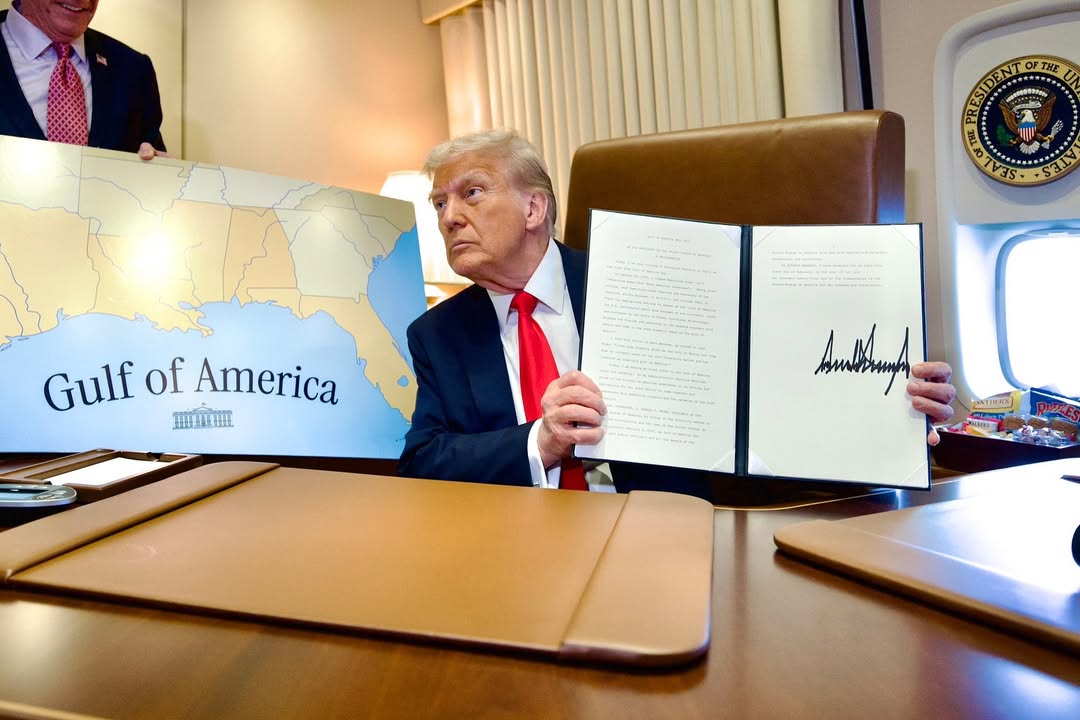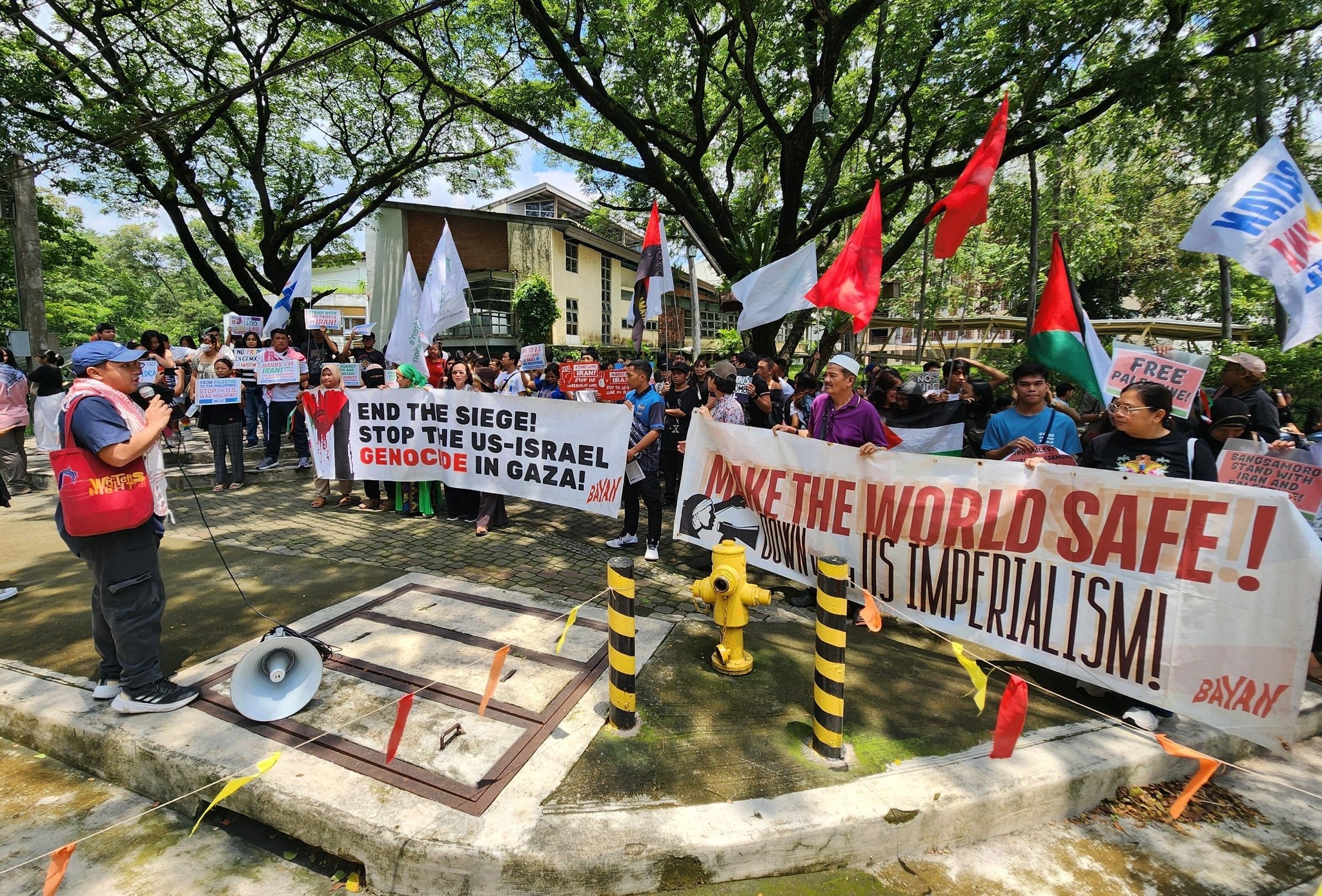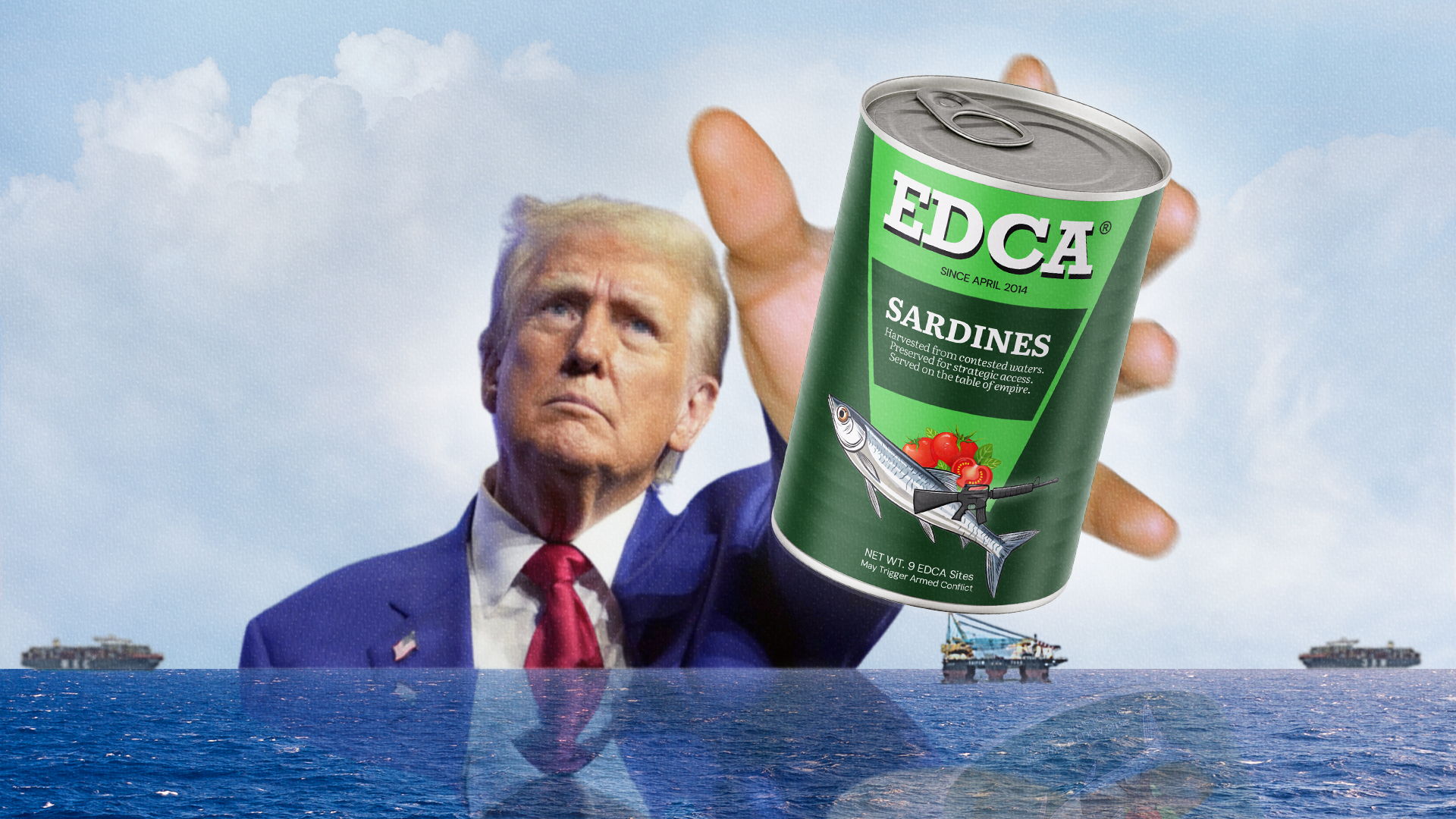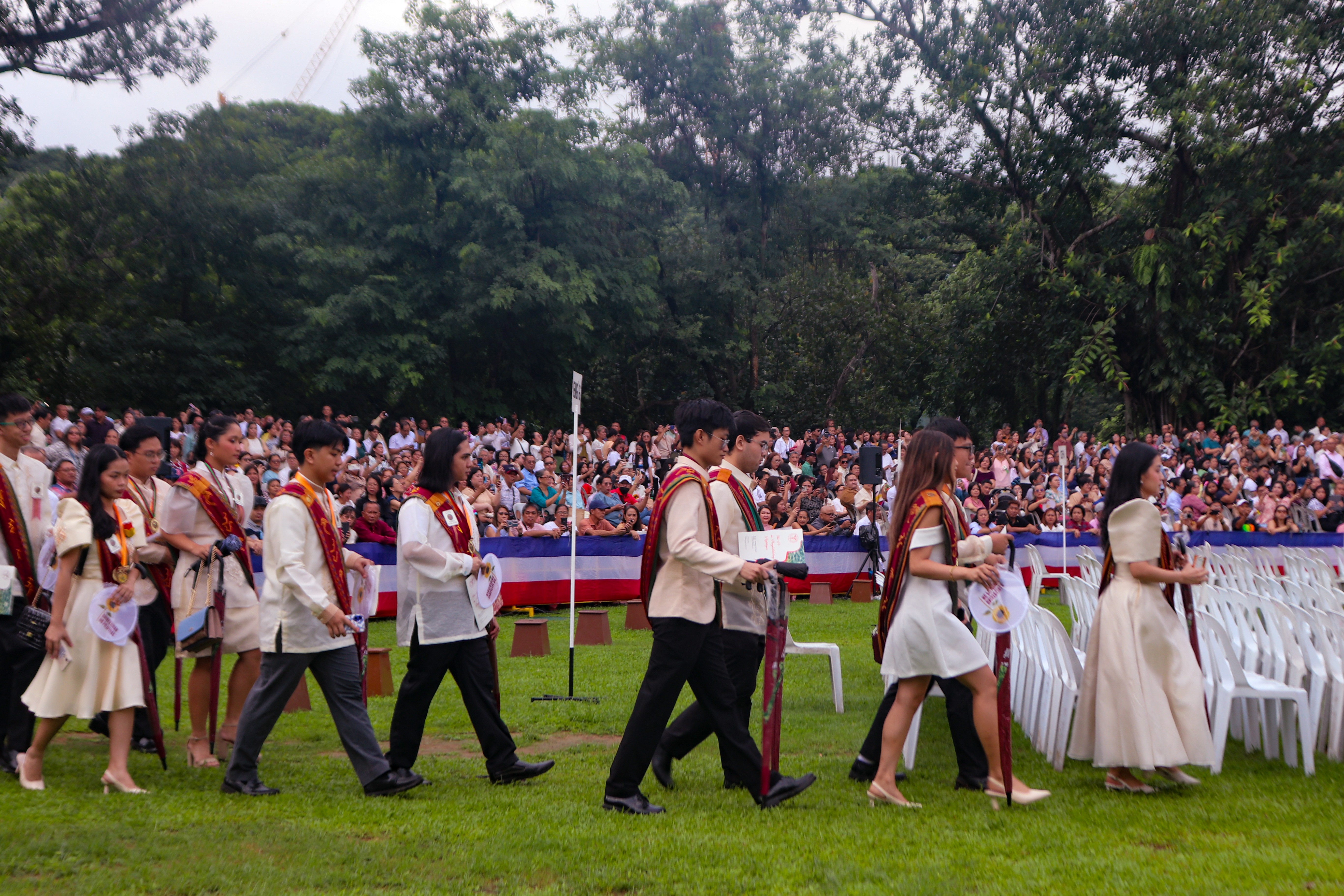Seven years ago, Pia Rañada was on her way for just another day’s work. As Rappler’s Malacañang reporter, Rañada was about to attend then Presidential Spokesperson Harry Roque’s press briefing. But before she could even go near the New Executive Building, Rañada was barred from entering the palace gate out of then President Rodrigo Duterte’s orders.
It was a retaliatory act. Before the ban, Rappler published its investigation on the supposed intervention of Bong Go, Duterte’s then close aid, over the Philippine Navy’s procurement of two warships. The reports and the succeeding backlash incensed the president. On three separate occasions, Duterte called Rappler a “cemetery of lies” and “not a legitimate agency.” Later, the president admitted that he ordered the ban because Rappler “twisted” his pronouncements.
The ban went on. Less than two months later, Rappler and press freedom advocates trooped to the Supreme Court to overturn the ban. Duterte left and Ferdinand Marcos Jr. came—nothing happened. When the court released its decision last year, 12 justices voted to dismiss the petition because of “mootness”—the issue had gone away because Duterte was no longer the president.
Duterte’s hostility toward the press was undeniably a defining feature of his administration. The president and his mouthpieces made it a point to brand every news organization that covers the administration as “fake news.” It has become state policy that you are tagged a fake news peddler unless you report favorably on Duterte. For Duterte, everything else is fake news, except the state-run media and the DDS online propaganda machine.
The free press and the government are adversarial. The media is expected to report on and scrutinize the government’s policies and actions. Often, the narrative that the media creates is different from what the government wants. And that is how the system should work. A press cozying up to the state is a disservice to the public. If those in power and the media are merely echoing each other’s views, it is the public that ultimately suffers.
Such is the predicament that the global news wire service Associated Press (AP) is in. As part of his America First agenda, Trump renamed the “Gulf of Mexico” to “Gulf of America.” He also ordered AP to revise its widely used Stylebook to reflect the change. (The Collegian primarily uses the AP Stylebook as its in-house style guide.) The AP defied Trump, saying it is the organization’s editorial decision to continue using “Gulf of Mexico.” Since then, AP has been largely banned from covering the president’s events.
The US is a pariah. No other country has adopted the Trump-imposed rename. As a news organization, AP will probably confuse a lot of its readers worldwide if it commits to the shift. A cardinal rule in journalism, after all, is clarity and consistency of use.
In a 41-page decision last month, a district court judge ruled in favor of AP after it sued the White House. The judge ruled that the ban was void for violating the freedom of the press guarantee in the US Constitution.
The White House’s AP ban strikes at the heart of press freedom—much like Duterte’s Rappler ban. The Philippine Constitution, which was largely copied from the US, commands that no law shall be passed abridging the freedom of the press. It is a categorical and near-absolute ban against any form of restraint against the press.
In the AP case, Judge Trevor McFadden, who was appointed by Trump in his first term, based his decision on press freedom grounds: the viewpoint-discrimination and retaliation claims.
The viewpoint-discrimination doctrine tells us that when the government opens up a nonpublic forum, like the Oval Office, for journalists, the state may not restrict access on the basis that it simply does not like certain news organizations’ viewpoints. “While the AP does not have a constitutional right to enter the Oval Office, it does have a right to not be excluded because of its viewpoint,” McFadden wrote.
McFadden also agreed to AP’s claim of retaliation. US case law states that the government “may not deny a benefit to a person on a basis that infringes his constitutionally protected interests—especially, his interest in freedom of speech.” In this case, Trump administration officials said the ban is due to AP’s “Gulf of Mexico” decision. That is illegal.
Unfortunately, the Supreme Court’s Rañada case hardly tells us anything. Nevertheless, Justice Marvic Leonen, eventually joined by Justice Amy Lazaro-Javier, wrote a dissent that sided with Rappler.
Leonen wrote that the “work of the free press is conferred a higher degree of protection because it is a form of political speech.” Hence, Duterte’s ban must satisfy the intermediate scrutiny test: There must be a substantial governmental interest for the ban, and the ban itself must be “reasonable and narrowly drawn.” For Leonen, the government failed to satisfy the test.
In imposing their bans, Trump and Duterte believed that they could subdue the free press and send a signal that whoever defies their narrative will be punished. While lawsuits may allow the press and the public to claw back the democratic spaces that the state has confiscated, solidarity among journalists and their readers will be our greatest pushback from censorship.
Be it AP or Rappler, no journalist will risk losing access to a news source. But in the age of democratic backsliding and the rise of more right-wing governments, no media is safe. In the US, some have suggested boycotting Trump’s press briefings. Others, however, said this may just allow for pro-Trump voices to dominate the airwaves.
Covering high-ranking officials, like the White House or Malacañang, necessarily comes with restrictions. The space itself is controlled. In the Philippines, while Malacañang news stories are almost always placed on page one, they are often just rehashing what the spokesperson said. The Center for Media Freedom and Responsibility refers to these one-sided stories as “puff pieces,” mere “PR,” a failure to contextualize, among others.
These moments may be high time to begin a radical rethink of the way journalists cover the government. In one of the Collegian’s discussions last year with Bulatlat editor Len Olea, she propounded to us this question: Why is it that when we think of news makers or “beats,” we say, Malacañang beat, Senate beat, or police beat? Why can’t more journalists be assigned to the marginalized sectors?
There is another way of covering national political stories that evades state-sanctioned censorship. By shifting our gaze from the powerful to the public, we deprive the state of its power over the free press, while magnifying the issues that affect those who have never been given attention by most of the media.
That is an alternative that is neither subject to a ban nor bureaucracy. That, perhaps, is not just press that is free—but press that is truly liberating. ●







